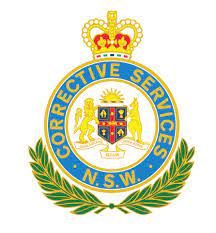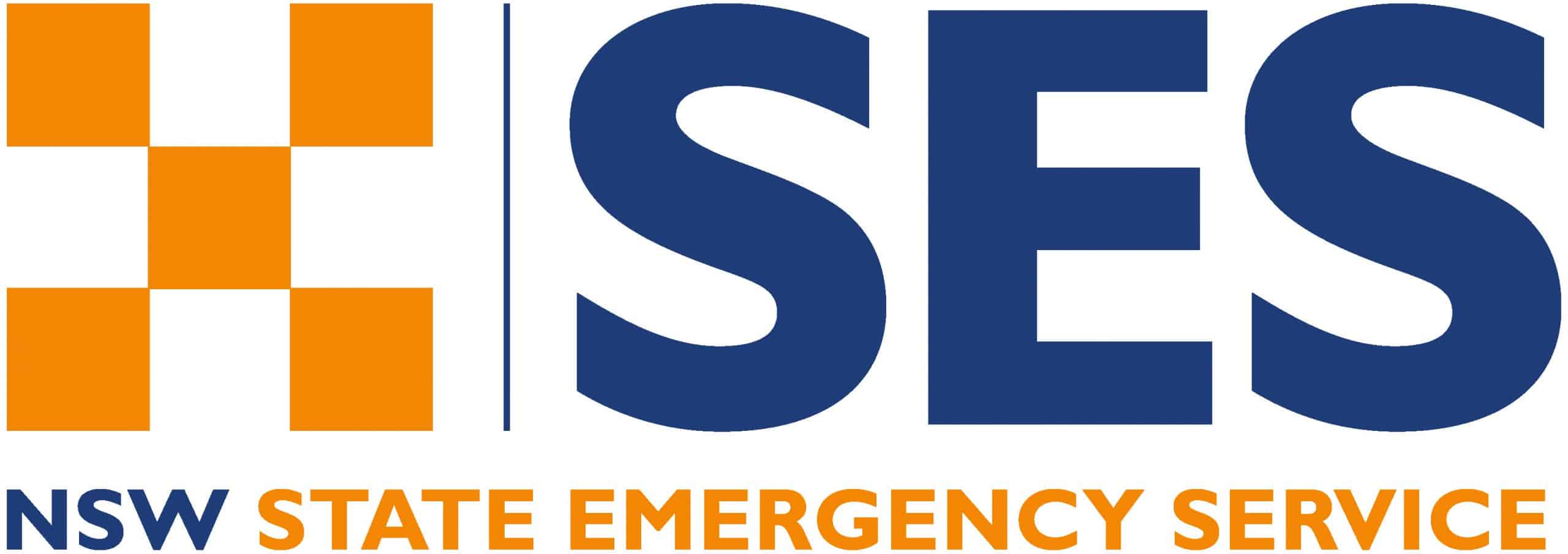“One critical observation of your leadership Simon is that you don’t suffer fools gladly. We need to work on that”
That was the feedback I got from my Commanding Officer (C.O.) Brian Gregson, on my first leadership assessment when I was leading a small team of 8 people when I served as an officer in the British Royal Air Force, stationed at RAF Saxa Vord, the most northerly tip of the UK, way north of Scotland (see photos/ map).
It was a bleak, wild, stormy but stunningly beautiful place. It never got dark in high-summer – I could sit by the water and read a book at midnight when it was clear…the downside was 20 hours a day of darkness in winter, but the upside there was that when the weather calmed down enough we’d often see the awe-inspiring Northern Lights. Anyway, I digress (as usual!).

I used to be a Fighter Controller, which meant my primary role on my tour of duty at RAF Saxa Vord was leading a team responsible for monitoring and protecting the far northern reaches of the United Kingdom Air Defence Region (UKADR). I worked from a darkened Operations Room (Ops Room) similar to the main picture above* (but smaller), in hardened concrete bunker with 30cm-thick steel blast doors.
My job on this tour included sitting at a radar screen controlling Air Defence Fighter Aircraft and directing them to intercept, identify and ‘appropriately deal with’ unknown aircraft intruding into the UKADR (and beyond) – in those days mostly Russian Tu-95 Bears (see photo) and the odd Backfire bomber, as well as other ‘interesting’ scenarios.
We were an extremely high-performing team. We had to be. These were high-stakes situations, operationally, politically and professionally, especially as the ‘world order’ was extremely unstable at that time. I had high expectations of my team – and even higher standards and expectations of myself.
One night shift when intelligence indicated the R
I had a profound respect for Brian Gregson, having been privileged to serve with him as my C.O. a couple of years prior. Brian was the main reason I’d volunteered to serve in RAF Saxa Vord – what for many was considered a godforsaken hellhole at the a#@e end of the world!
Those of you who have heard me speak about Coaching Leadership and my T.O.A.D.™ Coaching Leadership Model, or done our related training will have heard the high regard I held him in. Unfortunately, he was one of the few truly awesome leaders I came across…but that’s another story!
Brian was completely right (as he usually was!) – I didn’t suffer fools gladly.
To put that into a different language, that of Carol Dweck, what that meant was that I had a Fixed Mindset about a person’s ability and potential.
If I thought they weren’t capable of doing something I was unwilling to put in the effort to help them develop and grow. I also applied that upwards management mentality to many of the, what I saw as, poor leaders, and I wasn’t backward in coming forward about it…which was probably quite ‘career limiting’ and is something else I’ve had to learn since. That’s also another story!
A good example of my ‘not suffering fools gladly’ on this occasion was one of my team – I’ll call him ‘Bob’ (not his real name). As I reflected, I realised I very much had a Fixed Mindset about Bob.
Basically, I thought he was only capable of the basic tasks in the Ops Room – as did the leaders who reported to me, and the rest of the team – we were all of the same Fixed Mindset opinion. And worse, none of us had had a feedback conversation with Bob.
We’d effectively written Bob off and consigned him to the same most basic task in the Ops Room (basically data input). We’d essentially judged him, put him in his box and left him there.
As I sat there in the darkened Ops Room I started to feel like a pretty awful leader – and person. It dawned on me that because of my, and my team’s Fixed Mindset about Bob (led by me), we’d never truly given him a fair chance to even try to demonstrate his potential.
What made me feel even worse about the situation was that we all actually really liked Bob – he fitted into the culture extremely well. He was simply a ‘nice’ person, very easy-going and laid-back. As such, Bob was very accepting of his lot – he never complained or pushed back, he just kept his head down and simply got on with things.
And it dawned on me that he actually did a really great job executing what was a very mundane job. A mundane job that was, as I reflected but had probably never truly acknowledged, a critical and pivotal role and part of the team.
The irony was that because Bob had always done a great job, there had never been a failure, so I’d never really stopped and considered the importance of what he did. I’d acknowledged, mentored and supported the higher performers, but ‘steady Eddy’ Bob had flown completely under my radar.
As these insights washed over me, I was devastated. I realised I’d failed in many ways – to name a few:
- I had a Fixed Mindset about Bob and had never even given him a chance
- I’d never properly acknowledged or given Bob feedback on what a great job he did and how important his job was
- I’d never acknowledged his critical part in making the team the high performing unit it was
- I’d never initiated a decent, meaningful developmental feedback conversation with Bob
- I’d never asked Bob what he wanted or what he thought
- I nor my team had never spent meaningful time with Bob to try to develop him
The list could go on. I resolved there and then to take action, change my thinking and step up my leadership.
The first thing I did was take responsibility for my actions – open up, be vulnerable and share my thinking and reasoning with my leadership team. These things are always more difficult in the military because rank often gets in the way, so I had to take this as my responsibility first and foremost – Brian Gregson had wisely taught me that previously.
My leadership team and I ended up having a very open, frank conversation at 2am in a private area of the darkened Ops Room. Sort of a 2am D & M party conversation – without the alcohol, of course!
The bottom line is we agreed we would have a chat with Bob, led by me, on the next night shift after handover the next evening (night shifts there were 6pm to 8am).
I can remember the conversation quite vividly. I explained to Bob what I was thinking. I said I was sorry for letting him down, and that I and my leadership team wanted to work with him and give him the chance he deserved – and should have had. Bob dutifully listened, and with tears in his eyes simply said: ‘thank you, Sir”.
I took a Coaching approach and asked him what his thinking was, and what he wanted to do in the Ops Room. Bob looked at me and said:
“I’d like to try to get to do 2 things, Sir – I want to work on Big Ears (our nickname for a very complex piece of Electronic Warfare equipment) and be your assistant” (when I was controlling I always had an assistant supporting me – an extremely responsible role that required quick thinking and initiative).
I saw my sergeant shoot me an ‘OMG, how the f*#k are we going to make that happen’ sideways glance, and acknowledged him with a slight tilt of my head…then stated to Bob:
“We’ll do our best to give you the support you need to work towards those. We can’t guarantee you’ll get there – that’s not a given as it depends on whether or not you reach the required standards for the steps along the way, and of course for each of those roles. And you have to put the effort in – that’s an essential part of it and there’s a lot to learn. But, I can guarantee that if you put in the effort we’ll give you every support we can on the journey.”
So, we made a plan. My sergeant and I briefed the team. We knew we needed them to be a part of it – this was going to be the new culture moving forward, and the principles applied equally to everyone. We all needed to walk the talk.
Fast forward 6 months. In that 6 months a lot of hard work was done by all of us across all the team. And Bob? Well, Bob was still working on learning Big Ears. That was still a work in progress as Bob was struggling with it because it didn’t play to his core strengths. But he was there and putting the effort in, as were we all, so we continued working on it.
However, after that 6 months Bob WAS proudly sat on my left-hand side as my assistant as we intercepted a pair of Bear Hs (Russian nuclear-capable cruise-missile carriers) and monitored them on what we hoped were practice missile launch profiles against the UK.
The whole process didn’t just benefit Bob though. The whole team had stepped up to an entirely new level.
Everyone was cross-trained and extremely competent on every single piece of equipment in the Ops Room – including data entry. Yes, team members had their preferred stations and roles where their strengths were best applied, but we had absolute redundancy and depth of capability across the team across the whole Ops Room.
Even more than that, the morale and engagement of the team, which I’d previously prided myself on as always being good, was at another level altogether. One of 4 operational teams at Saxa, our culture became the talk of the unit. Brian Gregson was a very happy C.O. – especially as he’d seen me take on and act on his feedback and his Growth Mindset about me!
And I was happy – I’d learned a huge amount about myself, leadership in general, and my team and what they were capable of. I didn’t know it then, but I’d also learned about and more importantly put into action what I now know is a Growth Mindset in leadership.
One of the team was posted to a new role soon after that, and we had to induct a newbie into the fold. They were extremely challenged to start with, as the high-performance culture was very alien to where they’d come from (we had no say in recruitment, people were just posted into wherever there was a hole!) and they were very defensive – fearful of failure and not being good enough.
But we supported the person, helped them learn from mistakes rather than being chastised for them, creating a culture of real psychological safety – within 3 months it was like they’d always been there, and they were well integrated into the high performing team.
I learnt and practiced some very valuable leadership lessons in that period. Interestingly, ‘not suffering fools gladly’ has still been an ongoing learning path for me. It’s something I’ve constantly had to be mindful of and keep working at, particularly in my personal life, working hard to apply the ‘mistakes are part of growth’ mindset, as I’m pretty hard on myself at the best of times!
Like all these things, what is sometimes a great strength is always a great weakness when used in the wrong way, in wrong place, or at the wrong time.
The important leadership lessons I learned and continue to apply now are that if you have a Fixed Mindset about someone (or something!), then that’s exactly what you’re going to get! If you go into a feedback conversation with that mindset, your confirmation bias will deliver what you expect. If you expect defensiveness or conflict, that’s likely what you’ll be looking for and what you’ll get. It becomes a self-fulfilling prophecy.
Of course, not everyone is capable of the transformation the Bob demonstrated. However, if we don’t give people a chance, they’re sure as hell never going to develop – that’s almost guaranteed!
Add in that when we’re time poor, we can feel there isn’t enough time available to put the effort in to develop someone – then we get the same result. And we often end up ‘taking on the monkey’ and doing it ourselves.
However, then all we end up with is an office full of monkeys all clamouring for attention! We become even more overwhelmed and time-poor leaders, usually with teams who aren’t learning or growing, and so become [more] disengaged and unproductive – and the cycle perpetuates.
So, changing things up and having those tough feedback conversations and approaching them with a Growth Mindset – believing in people’s (and your own) potential – is essential. That leads into creating a psychologically safe culture where people can learn from their mistakes – a hugely important part of being not just a leader, but a great leader.
That’s where every-day Coaching Leadership becomes such a powerful leadership style – a natural tool and leadership style that ensures a Growth Mindset and believing people have the potential; empowering people to take personal responsibility and to think, learn, and do things themselves – instead of being the leader thinking they have to do it all.
Traditional Coaching models are surprisingly difficult to apply to day-to-day leadership in the workplace. They’re often great for a 1:1, 1-hour structured development conversation or similar, but very hard to apply off-the-cuff to every-day situations.
However, our super-practical T.O.A.D.™ Coaching Leadership model solves that problem. It’s easy to apply to every-day conversations and events as well as more formal, structured conversations. Clients consistently tell us it can be used as:
- A day-to-day leadership tool to build engagement, performance, collaboration, and innovation
- A practical day-to-day Leading Change/ Change Management/ Change Transformation tool
- A day-to-day ‘powerful conversations’ tool
- A powerful tool for better collaboration, analysis and understanding
- A briefing and debriefing tool
- A tool for managing up…
- A tool for better meetings
- A great customer service & community engagement instrument
- A means to cultivate more innovation and ideas
- A Critical Thinking tool and methodology
- A great sales & pre-sales methodology to boost sales
- Applicable at all levels – top executives to front line staff
From experience, we’ve proven it can also be integrated into every other coaching, leadership, sales, and conversation models.
“I use the TOAD coaching principles in every aspect of my professional and personal life, including leading my team, in customer service and sales meetings, with the soccer team I coach and with my family. It’s the single most powerful leadership and communication tool I use”
Vice President Australia/NZ, AI, Machine Learning, Data Science


























































